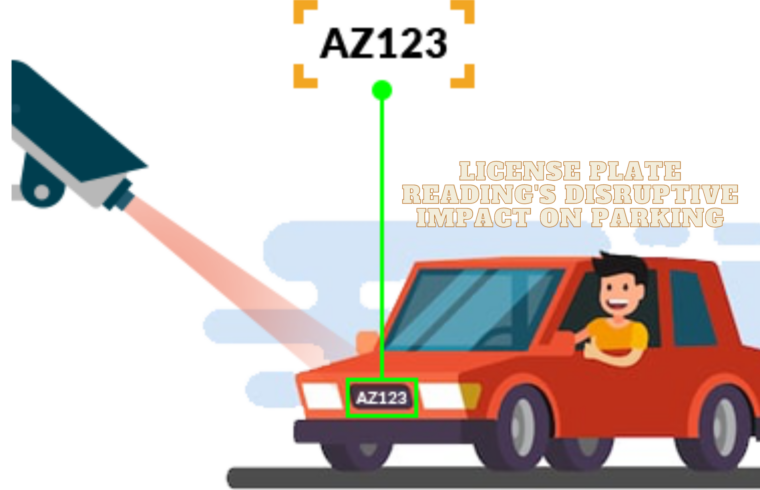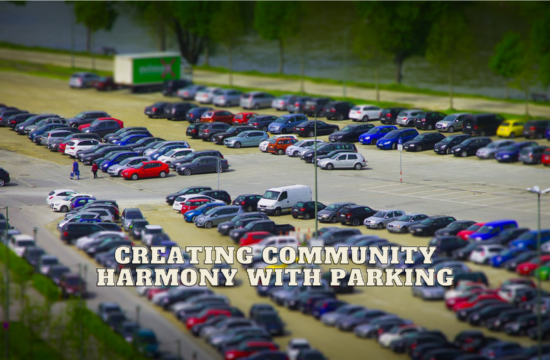New technology is always evolving, and the story is no different in the world of parking. For years, new tools have been in development to help make parking safer, more secure, and easier than ever before. Now, License Plate Reading (LPR) technology is commercial-ready and being deployed in cities across America. So what is LPR and how might it benefit parkers and parking managers alike? Continue reading below to find out how license plate reading technology is changing parking.
LPR Simplified
LPR (License Plate Reading) technology simplifies parking processes by automatically recognizing license plates. It streamlines access, reduces waiting times, and enhances security. LPR helps parking operators manage spaces efficiently, improve user experiences, and increase revenue through accurate billing and monitoring.
Advantages for Those Parking
License Plate Reading (LPR) technology offers advantages to parking users by providing convenient and hassle-free entry and exit. It eliminates the need for physical tickets or tokens, reduces wait times, and enhances overall user experience. LPR ensures smoother operations, increased security, and efficient space utilization in parking facilities.
Advantages for Parking Managers
License Plate Reading (LPR) technology benefits parking managers by streamlining operations. It enables automated entry and exit for registered vehicles, reducing labor costs and improving efficiency. LPR enhances security with accurate vehicle tracking, minimizes fraudulent activities, and provides valuable data for optimizing parking facility management and revenue generation.
LPR in Practical Scenarios
In practical scenarios, License Plate Reading (LPR) technology revolutionizes parking management. It offers swift and secure vehicle access, eliminating the need for physical permits or tickets. LPR enhances user convenience, reduces congestion, and improves overall parking facility operations, leading to increased revenue and improved customer satisfaction.





